On 21 June 2016, I committed to reading the Truth and Reconciliation Commission (TRC) Report executive summary as part of a national (Canadian) collective challenge. What is the TRC report and what does it have to do with urban natures and sustainable cities? The Truth and Reconciliation Commission was established in 2008 with the aim of uncovering the hidden experiences and histories of Canada’s residential school system. It was (and is) also about recovering diverse Aboriginal histories in Canada to better understand complex settler–Aboriginal relations.
Beyond media stereotypes, the importance of nature to Canada’s Aboriginal peoples living in urban settings remains largely unknown.
I use Aboriginal rather than Indigenous to be consistent with the Truth and Reconciliation Commission report. In Canada, Aboriginal refers to First Nation, Inuit, and Métis peoples. Canada’s historic and contemporary settler–Aboriginal relations are—as in many other colonial places—tense and reprehensible; indeed, the TRC refers to Canada’s past Aboriginal policies as cultural genocide. The TRC spent six years (2009 to 2014) collecting stories from Aboriginal, as well as non-aboriginal, people about their experiences in residential schools, on reserves, and in urban centres. In 2015, the TRC produced a six-volume report detailing these experiences and making recommendations on how Canada can reconcile and heal past settler-indigenous relations and create new relations without forgetting the past. As Willems-Braun (1997: 4) has emphasized, we need to pay attention to the “ways that colonial pasts continue to organize experience in the present.” A key part of the report is to advise Canadian society on how to collectively reconcile and heal through institutional and political reform.
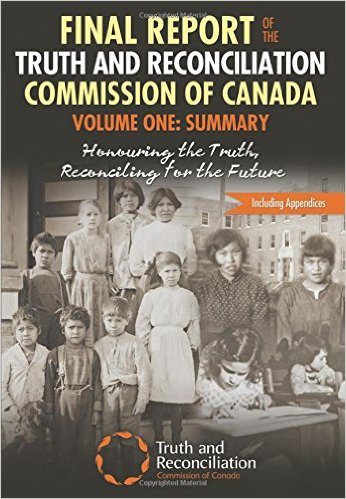 As I read the TRC report summary, I am questioning how the experiences and recommendations apply to my own research and work on urban nature and children. The last volume of the report contains 94 calls to action which underscore the importance of recognizing and incorporating Aboriginal culture into mainstream policies of education—and part of this culture comprises diverse knowledges and experiences of natures.
As I read the TRC report summary, I am questioning how the experiences and recommendations apply to my own research and work on urban nature and children. The last volume of the report contains 94 calls to action which underscore the importance of recognizing and incorporating Aboriginal culture into mainstream policies of education—and part of this culture comprises diverse knowledges and experiences of natures.
While I am just starting to think about this, I have two preliminary ideas on how I can incorporate the TRC into my own research and what my own experiences and expertise can add to the calls to action
My first idea involves exploring, in more depth, non-settler understandings of nature. More specifically, I want to question the taken-for-granted assumptions about human-nature relations that are often underpinned by European ideas. Aboriginal understandings, experiences, and relations with natures are complicated, diverse, and dynamic. First Nations, Inuit, and Métis are diverse populations. There are over 600 First Nations groups across Canada. As such, there can not be a singular Aboriginal understanding of nature. While many of the articles in TNOC emphasize the complexity of our relations to nature, within the general public (at least in Canada), there is still an underlying simplistic understanding of Aboriginal peoples and their relationship with nature. In the imaginaries of many non-Aboriginal people, there are dominant stereotypes about Aboriginal peoples, which include their relations to nature. For centuries, Aboriginals in Canada (as well as in the United States and other places) have been depicted warriors, savages, lazy, free-loaders, and drunken. Then there is the other side of the stereotyping coin—the romanticizing of First Nations as the Indian princess, the noble savage, and the native warrior etc. and their understandings of and relationship with nature(s). Such stereotypes are often shaped by films and literature, and tend to simplify complex culture-nature relations. Much of this has to do with the marginalisation of Aboriginal culture in mainstream media (see the recent national survey on what non-Aboriginal Canadians know and think about Aboriginal Peoples).
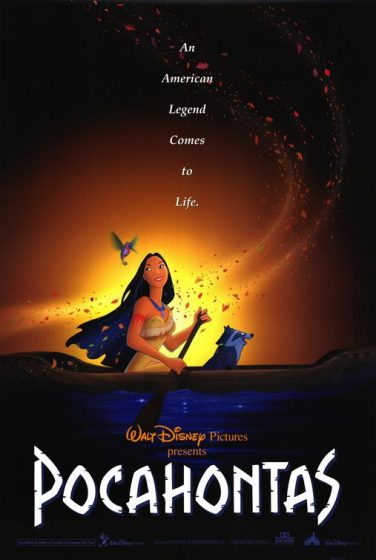 I previously wrote about how the portrayal of nature in children’s media influences how they interact with and understand nature, both urban and non-urban. Children learn much from the movies they watch and the books they read. Nature in the children’s mainstream media landscape does not tend to include complex portrayals of Aboriginal American nature. The idea of the noble savage endures in film and literature for children. Perhaps it is not as pervasive today as in previous decades, but movies from Peter Pan (1953) to Pocahontas (1995) and Avatar (2009) visibly and audibly reinforce the idea of the noble savage (listen to the song ‘Savages’ from Pocahontas, for example). There is also the assumption that Aboriginal peoples must have a particular spiritual connection to the earth. Another tendency is to ‘freeze’ Aboriginal people in the past—to trap them in a particular historic moment.
I previously wrote about how the portrayal of nature in children’s media influences how they interact with and understand nature, both urban and non-urban. Children learn much from the movies they watch and the books they read. Nature in the children’s mainstream media landscape does not tend to include complex portrayals of Aboriginal American nature. The idea of the noble savage endures in film and literature for children. Perhaps it is not as pervasive today as in previous decades, but movies from Peter Pan (1953) to Pocahontas (1995) and Avatar (2009) visibly and audibly reinforce the idea of the noble savage (listen to the song ‘Savages’ from Pocahontas, for example). There is also the assumption that Aboriginal peoples must have a particular spiritual connection to the earth. Another tendency is to ‘freeze’ Aboriginal people in the past—to trap them in a particular historic moment.
![]() But more visible than the negative and stereotypical portrayals of Aboriginal peoples in mainstream media is their absence in film, literature, etc. Of particular interest for me is that absence within children’s media and in school curriculums (the latter of which is emphasized as a key call to action in the TRC). Less than 1 percent of children’s cartoon characters and 0.09 percent of video game characters are Aboriginal (Leavitt et al. 2015). In Canada there are few children’s books written by Aboriginal individuals that make it onto school reading lists or library and bookstore displays, especially in large bookstores such as Chapter-Indigos. Yet there are many wonderful Aboriginal authors. For example, my daughter has a great book called Just a Walk, by Cree author Jordan Wheeler, about a boy named Chuck. Wheeler has a second book about Chuck in the city. (Both books are published by Theytus Books, an Aboriginal publishing company located in the Syilx territory in British Columbia).
But more visible than the negative and stereotypical portrayals of Aboriginal peoples in mainstream media is their absence in film, literature, etc. Of particular interest for me is that absence within children’s media and in school curriculums (the latter of which is emphasized as a key call to action in the TRC). Less than 1 percent of children’s cartoon characters and 0.09 percent of video game characters are Aboriginal (Leavitt et al. 2015). In Canada there are few children’s books written by Aboriginal individuals that make it onto school reading lists or library and bookstore displays, especially in large bookstores such as Chapter-Indigos. Yet there are many wonderful Aboriginal authors. For example, my daughter has a great book called Just a Walk, by Cree author Jordan Wheeler, about a boy named Chuck. Wheeler has a second book about Chuck in the city. (Both books are published by Theytus Books, an Aboriginal publishing company located in the Syilx territory in British Columbia).
Why is this important to mention on a blog about urban nature? Because such books tell stories about urban and non-urban worlds that contribute to shaping children’s knowledge about the world, which includes diverse representations of nature. And while many children’s books do not have explicit stories about nature, how nature is represented in the landscapes and in relation to characters can impact children (as I discussed in my previous post on children’s TV shows). More importantly, we need books by Aboriginal authors that complicate settler (non-Aboriginal) ideas about Aboriginal peoples, culture/natures, and what it means to live and built the future urban-rural Canada hinted at in the TRC report.
This brings me to my second point on how I can draw on the TRC in my work on urban nature and children to help the process of reconciling Canadian’s past settler-Aboriginal relations. Canada is a predominantly urban country. According to 2011 census data, 81 percent of the total population and 56 percent of Aboriginal people live in urban areas. The city is the home to a growing number of Aboriginal people in Canada, and off-reserve Aboriginal people constitute the fastest growing segment of Canadian society (see also the Urban Aboriginal Peoples Study, 2010). As a result, many Aboriginal children will be born and raised in cities. This profoundly disrupts non-Aboriginal/settler stereotypes of Aboriginal peoples, but until recently, most Canadians still linked Aboriginals with rural, “wild” nature—thanks to the media images and lack of historical accuracy in Canadian curriculum discussed above. A recent article in the journal The Canadian Geographer points out that despite the growing urban Aboriginal population, little is known about how “traditional” relations and understandings of nature have changed:
The importance of nature to Aboriginal peoples living in urban settings is a topic that has been neglected by scholars. In contrast to the large volume of social science research on the importance of nature to indigenous peoples, it is striking that major studies on urban Aboriginal issues make no mention of the natural environment [….]. This represents a significant gap given that at present more than half of Aboriginal people in Canada live in urban areas. Many questions remain unexamined. For example, are “traditional” connections to nature diminished, maintained, or reshaped in urban settings? Can nature be experienced in urban settings, or do people leave the city to fulfill their relationship with nature? (Smith et al. 2016: 4)
Such questions are critical to ask at this moment in Canadian history—and perhaps globally—if we are to recognise the past and current oppression and assimilation of Aboriginal populations. And more importantly to reconcile the oppression and processes of assimilation that marginalise Canadian Aboriginal populations. Indeed, if cities are supposed to be spaces of diversity, community, individuality, anonymity, culture, and natures, then we need to ask: How do the ways in which we construct urban nature maintain and reproduce colonial natures in the city? One 2015 article on TNOC—the Bright Side of Indigenous Urbanization for Biodiversity—sought to identify some ways that Indigenous peoples “urbanize with nature, incorporating biodiversity and more sustainable forms of socio-ecological production landscapes and seascapes into the urban fabric, and linking peri-urban and urban ecosystems into innovative city design and planning”. The authors point out that the process of urbanization can result in loss of traditional knowledge and social alienation. Urbanization can also bring diverse Aboriginal peoples together and engender communities that not only recover cultural traditions, but create new ones. We have to remember that the idea of what counts as traditional and Aboriginal in communities can be contested—see the case of half-Indigenous individuals. The city can be a place to reclaim indigeneity. The city has also given rise to strong Aboriginal social movements, most recently Idle No More, that seek to resist neo-colonialism and create better futures.
How does this change my research on children and nature in cities? What can I do differently? I need to start asking how certain natures have assisted in the national project of assimilation of Aboriginal children. Moreover, how do we begin to diversify our constructions of urban nature to take into account the complex and dynamic contemporary Aboriginal culture-nature relations? Of course, asking these questions opens me up to many criticisms and challenges. As one of the many Canadians with mixed settler-Aboriginal heritage, I can never identify completely with the histories, cultures, and context of Aboriginal peoples. Growing up in a predominantly settler environment, I can only ask my questions from this position. But I need to recognise that Mi’kmaq is part of my family heritage and that this was buried because of the stereotypes that surround Aboriginals in Canada. But recognition, as the TRC emphasises, is critical, and we need to start asking deeper questions about settler-Aboriginal relations if we want to change perceptions and future relations—and such questions will alter how we produce future culture-nature relations.
Laura Shillington
Managua & Montreal
References
Leavitt, P. A., Covarrubias, R., Perez, Y. A. and Fryberg, S. A. (2015) “Frozen in Time”: The Impact of Native American Media Representations on Identity and Self-Understanding. Journal of Social Issues, 71: 39–53. doi: 10.1111/josi.12095.
Smith, J., Smith, D. and Sioui, M. (2016) Nature, cities, people: An exploration of Aboriginal perspectives. The Canadian Geographer / Le Géographe canadien, 60: 3–8. doi: 10.1111/cag.12250.
Willems-Braun, W. (1997) Buried Epistemologies: The Politics of Nature in (Post)colonial British Columbia. Annals of the Association of American Geographers, 87(1): 3–31.


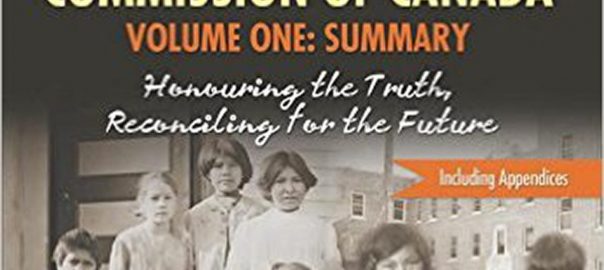
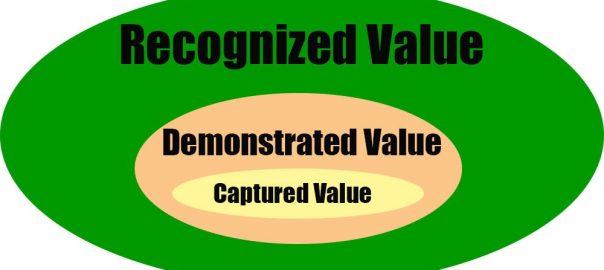
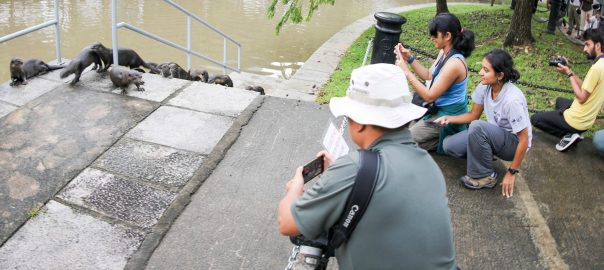
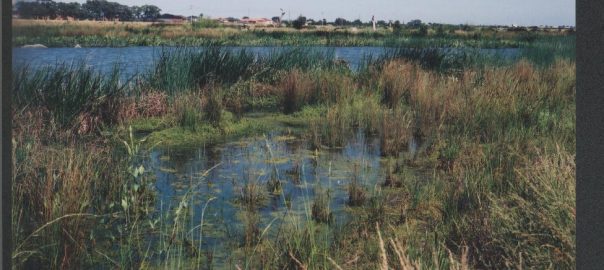
Leave a Reply